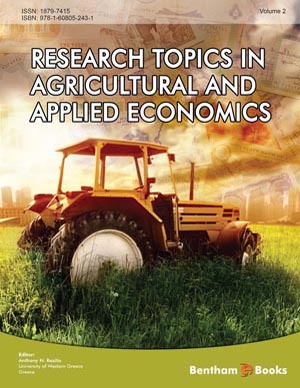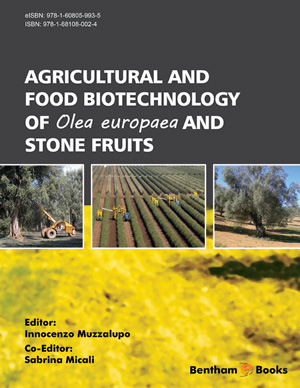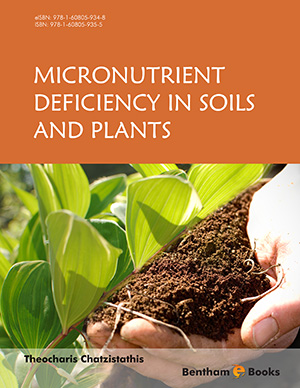Abstract
This paper focuses on Kenya with the purpose of understanding the role of public spending in the primary sector in addressing the current food crisis and in contributing to overall economic growth and alleviating poverty and food insecurity according to the first Millennium Development Goal. The empirical investigation, based on the 2003 Social Accounting Matrix, integrates two distinguished models - the unconstrained and constrained multiplier models - for a better characterisation of the country’s economic linkages in a context of international market volatility. Results point to the potential positive impact of government intervention in agriculture on economic development and its limits, particularly with reference to the growth-equity nexus.
Keywords: Food security, agricultural public expenditure, social accounting matrix, multiplier analysis, Kenya.














